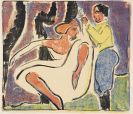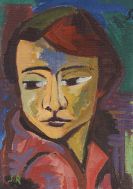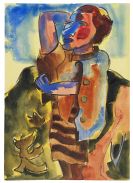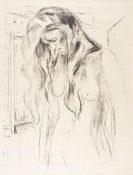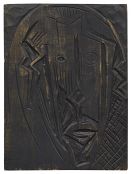
Leo von König
Braunschweig
1871 -
Tutzing/ Starnberger See
1944
At the age of 16, Leo von König switched from the studio of the sculptor Carl Boerner from Hamburg to Franz Lippisch's studio in Berlin in order to prepare for the "Akademie der Bildenden Künste".
His teachers at the academy were Julius Ehrentraut and Ernst Hancke. From 1894 to 1897 Leo von König continued his education under Jules-Joseph Lefebre and Tony Robert-Fleury at the Académie Julian in Paris. Afterwards the young artist returned to the capital Berlin, where von König made his debut at Berlin's big art exhibition in 1896.
In that same year, he became a member of the "Munich secession"; four years later he joined the "Berlin secession" and exhibited at their exhibitions from then on. Starting in Berlin, the painter travelled extensively even before World War I; one of his most important trips being the one to Spain and Portugal together with Julius Meier-Graefe from April to October 1908.
Leo von König acquired a large-format El Greco-copy on this trip and painted a series of impressions of his travels. When König, together with Emil Nolde and Max Beckmann, demanded "a free organisation, free artists, free speech" during a longer conflict among the "Berlin secession" in 1910 and saw the organisation in need of reform, his suggestions were flatly rejected by its committee. His following resignation led to the foundation of the "new secession".
Being particularly gifted in portraits, Leo von König achieved some remarkable things in this field. His soft, loose, broadly spaced characteristic style, together with his subtle understanding of the human psyche results in creations of extraordinary charm.
Would you like to sell a work by Leo von König?
Infos for seller
